67 F. high in the Twin Cities Saturday.
60 F. average high on April 19.
38 F. high on April 19, 2013.
70 F. high possible later today; isolated shower (better chance of rain south of MSP).
* this past winter was the toughest since 1983-84 for the Twin Cities. Details on the Winter Misery Index below.
Thawing Easter Eggs
I
just hope we can salvage a couple of quiet weeks between the slush and
the tornadoes. Some faint approximation of this long-ridiculed theory
called "spring".
We have every reason to gripe. D.J. Kayser, a
meteorologist & producer at WeatherNation, tallied up a total of 37
days this past winter where the wind chill went below -20F at some point
during the day. That's 3 times more than average.
A growing
probability of El Nino could mean a slightly wetter & cooler summer;
if it lingers into next winter it would probably trigger a mild bias.
If it's an (EP) Eastern Pacific El Nino event it could spike
temperatures, worldwide. Too early to tell.
A straggling front
keeps clouds and a few spotty showers around the area today. Most of the
time should be dry - and if the sun breaks out for a few hours we may
hit 70F, with less wind than Saturday.
Skies clear Monday behind a
weak cool front - a blue-sky Tuesday giving way to heavy showers &
T-storms Wednesday/Thursday. Long-range ECMWF guidance shows highs in
the 40s next weekend; a cold rain Sunday may end as wet snow 1 week from
Monday. I pray the models are wrong, but nothing surprises me anymore.
For now enjoy a lukewarm Easter! You've earned it.
* image credit
here.
Toughest Winter Since 1983-84.
Actually on the upper end of severe, almost a "Very Severe Winter"
according to the DNR/State Climate Office Winter Misery Index, which
measures the combination of persistent cold and snowfall. In fact, it
was the most severe winter since 1983-1984. You have to literally go
back a generation to find a winter as severe as the one we just went
through. From
The Minnesota DNR: "
So far as of April 4, 2014 the WMI for the winter of 2013-14 in Twin Cities is 207
points, or in the high end of the "severe winter" category. This is
now the 9th most severe winter on record based on WMI points."
April: A Cruel & Fickle Month.
It's too early for anything approaching true confidence, but ECMWF
guidance shows a fairly significant cool-down by the end of this week
(highs in the low 50s); with a potential for a cold rain next Sunday
ending as a mix by Monday, April 28. The European model predicts a high
of 34F a week from Monday, which seems a little hard to believe, but the
way this spring is going I wouldn't rule anything out. Bottom line:
enjoy a shot at 70F today and 60s tomorrow; over half an inch of rain
may green up your yard Wednesday and Thursday. No, don't pack away the
jackets just yet. Graphic: Weatherspark.
84 Hour Future Radar.
NAM model data from NOAA shows showers and T-storms pushing across
southeastern Minnesota Easter Sunday, possibly brushing the Twin Cities
before approaching Chicago and Detroit Monday. Heavy rain responsible
for 3-5" rains and flash flooding over the Southeast will finally
pinwheel out to sea, while heavy showers push into the Pacific
Northwest. Loop: HAMweather.
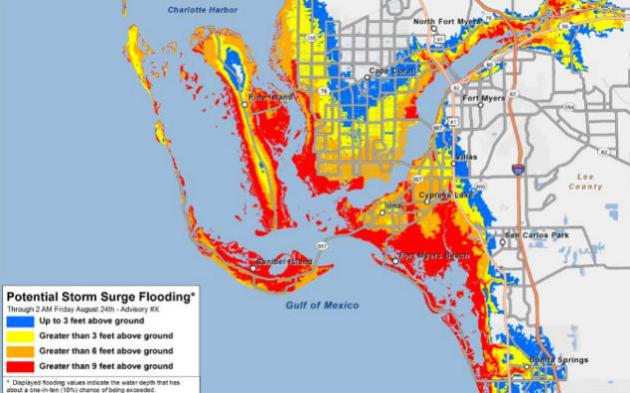
New Hurricane Forecast Maps Can Warn You Of Impending Floods.
It's not the winds that wreak the most havoc and threaten life and
property the most; it's the storm surge. This year NOAA NHC will be
sharing storm surge forecasts on a metro by metro basis, as explained by
io9.com: "
More
than half of all hurricane-related deaths are caused by storm surges,
yet few consider it a factor when trying to decide whether or not to
evacuate their homes. But starting this hurricane season, national
forecasters will warn people using color-coded storm surge maps. No
doubt, storm surges are a serious issue. Along vulnerable coasts, they
pose the greatest threat to life and property from a hurricane. Large
death tolls have been known to result from the rise of oceans when major
hurricanes reach land. Back in 2005, for example, Hurricane Katrina
caused at least 1,500 deaths, many of which occurred directly or
indirectly as a result of storm surge..."
Unexpected Teleconnections In Noctilucent Clouds. Here's a snippet of an interesting article and video from
NASA: "
Earth's
poles are separated by four oceans, six continents and more than 12,000
nautical miles. Turns out, that's not so far apart. New data from
NASA's AIM spacecraft have revealed "teleconnections" in Earth's
atmosphere that stretch all the way from the North Pole to the South
Pole and back again, linking weather and climate more closely than
simple geography would suggest. For example, says Cora Randall, AIM
science team member and Chair of the Dept. of Atmospheric and Oceanic
Sciences at the University of Colorado, "we have found that the winter
air temperature in Indianapolis, Indiana, is well correlated with the
frequency of noctilucent clouds over Antarctica..."
Credit above: "
A
new ScienceCast video explores unexpected "teleconnections" in Earth's
atmosphere that link weather and climate across vast distances."
Near-Record Breaking Winter Snowfall at Mora.
Yes, the official NWS measurements are taken at MSP International, but
snowfall amounts this past winter were much higher over the northern
suburbs. Case in point: Mora, where 94.2" of snow has fallen this
winter, close to the all-time record of 99.5" in 1930-31. Graph courtesy
of the Twin Cities National Weather Service
NOWdata.
Above Average Snowfall for MSP.
Normal winter snowfall, to date, at MSP International Airport is 53.8".
So far 69.8" of snow has piled up in Richfield, according to NOAA
records.
Doubly Taxing.
As if April 15 isn't tough enough. Dr.Mark Seeley has some trivia about
April 15's weather that made me do a triple-take. Here's an excerpt of
the latest edition of
WeatherTalk: "...
Tax
filing day in 2014 will likely be remembered as the coldest April 15th
in state history (or at least a rival to 1875, 1935, and 1962 as among
the coldest). Scores of Minnesota weather observers reported new record
lows for April 15th, and the National Weather Service Cooperative
weather observer at Camp Norris (Lake of the Woods County) reported a new all-time statewide low temperature for the date with a reading of -4 degrees F..."
Will The Next El Nino Break A Global Temperature Record?
Not al El Ninos are created equal. The really big warm phases of ENSO,
the ones that lead to global temperature records, tend to be EP or
Eastern Pacific El Ninos. The CP (Central Pacific) warmings tend not to
have as great an influence on global temperature. Climate scientist
Simon Donner explains at
Maribo; here's an excerpt: "...
This
has important implications for the “pause” in surface warming. Over the
past 10-15 years, the easterly winds have been abnormally strong, with
few gaps sufficient to generate Kelvin waves. This is related to
decade-scale variability in the Pacific Ocean conditions, called the
Pacific Decadal Oscillation (PDO) or Interdecadal Pacific Oscillation
(IPO). It may then come as no surprise that all the El Nino events since
1998, including the 2009/10 event that made the cherries blossom early
in Vancouver, have all been of the CP variety. The same happens to be
true for other “slowdowns” in the rate of global surface temperature
change since the Industrial Revolution. This suggests the decade-scale
variability in the Pacific affects El Nino development, and in turn, the
ups and downs in the rate of human-caused global surface warming..."
Average Data Of The First Tornado Warning? Iowa Environmental Mesonet put together an
interesting graphic,
showing the average first Tor Warning, office by office. As early as
January 24 in Jackson, Mississippi, March 11 in Oklahoma City, May 2 in
Denver, May 9 in Washington D.C. and May 12 in the Twin Cities. Can we
please have a few quiet weeks between the snow and the tornadoes?
California Suffers Astonishingly Fast Snowpack Melt As Drought Intensifies.
It's going to be a long, hot, potentially fiery summer and autumn for
California and much of the Southwest. Andrew Freedman has more details
in a story at
Mashable; here's a clip: "...
Officials
already knew that the snowpack was unusually thin and would provide
below average amounts of water when it melted, considering that the
state had its third-driest winter on record, following its driest
calendar year in 2013. However, they did not anticipate it would melt so
quickly. The California state snow survey on April 1
found that the snowpack contained just 32% of the average water content
at that time of year, when snowpack typically reaches its annual peak.
This placed 2014 as among the lowest water-content years on record since
such data began in 1930..."
Photo credit above: "
The dry bed of the Stevens Creek Reservoir is seen on Thursday, March 13, 2014, in Cupertino, Calif." Image: Marcio Jose Sanchez/Associated Press.
Why I'm Active in "SAVE". Bloomberg just ran a series of
graphical explanations
about leading causes of death in the USA, broken down by age category.
The number one violent cause of death is suicide, and the trends are
sobering. I've lost a few friends and family members to suicide over the
years. I'm active in
SAVE
(suicide awareness, voices of education), based in Bloomington with a
national outreach. They're doing amazing work and helping to get the
word out about removing the stigma about depression, reaching out to
schools, nursing homes and corporations, helping people to better
understand the symptoms of depression and get families the help they
need. If your family has been touched by depression or suicide I hope
you'll consider getting involved.
Why Wal-Mart Buying into Sustainability Matters. Here's a clip from a story at
U.S. News that caught my eye: "...
The
legitimizing effect of big business entering sustainability markets has
the power to transform the economy in a good way, even if the companies
involved are not good corporate citizens in other respects. Their entry
says to legislators “this stuff works” and that builds political will
to enact more enlightened policies. It says to competitors “there’s
money here” and that brings more investment capital to help sustainable
business grow. It says to the media “this is real,” and so the media
write serious stories about sustainability going mainstream rather than
just human interest stories about mavericks bucking the trend..."
Heady With Beauty, in Cherry Tree Season Japan Celebrates Environmental Values That Western Greens Have Lost. Rebecca Gibbs at
Aeon Magazine has an interesting article; here's a snippet: "...
Political
environmentalism has learnt to take a functional view of nature,
turning a blind eye to cultural values such as beauty and to aesthetic
practices such as hanami. In striving to establish an impartial,
globally consistent means of gauging nature’s value, local forms of
environmental imagination have been relegated to the work of poets.
Nature is viewed as systemic and quantifiable, neither mysterious nor
resplendent. In an overburdened world, this is how we have come to
debate the comparative significance of habitats and organisms: as
ecosystem services..."
Photo credit above: "
Picnic beside the cherry blossom in a Shinjuku park."
Photo by Jérémie Souteyrat.
EASTER SUNDAY: Sunny intervals, lukewarm. Stray shower possible, especially southern MN. Winds: E 5. High: near 70
SUNDAY NIGHT: A few showers, mainly south/east of MSP. Low: 51
MONDAY: Damp start, then clearing skies, still pleasantly mild. High: 67
TUESDAY: Blue sky, cool & pleasant. Wake-up: 38. High: 58
WEDNESDAY: Showers likely, possible thunder. Wake-up: 40. High: 57
THURSDAY: Periods of heavy rain likely. Wake-up: 45. High: 55
FRIDAY: Mostly cloudy, drying out. Wake-up: 43. High: 54
SATURDAY: Some sun, cooler than average. Wake-up: 38. High: 52
Climate Stories....
God's Climate Plan. God would not be happy with climate skeptics, the author posits. Here's a clip from an Op-Ed at
U.S. News: "...
As
we gain a better understanding — often through scientific observation —
of how God has designed the Earth to function and support life, we have
an obligation to respect His design and live within it. As we celebrate
Easter this year and witness the wonders of spring, it is a great time
to reflect on our own obligation to be good stewards of His creation. We
would also do well to consider the words of conservative author and
poet T.S. Eliot. He pointed out that, "Religion, as distinguished from
modern paganism, implies a life in conformity with nature,” and then he
wisely concluded: ”A wrong attitude towards nature implies, somewhere, a
wrong attitude towards God." (Image above: NASA).
Mt. Everest Avalanche: Is Climate Change To Blame?
The idea may not be as far-fetched as it sounds. Much has changed on
Everest in just the last 50 years, according to this article at
LiveScience; here's an excerpt: "...
A
2001 study from the Annals of Glaciology found that increases in
temperature and precipitation could slightly decrease the risk of
avalanches in mid-winter in France, but could significantly increase the
risk of spring avalanches. Those findings were echoed in a 2013 report
from the journal Applied Snow and Avalanche Research, which found that
in Canada's Glacier National Park, an increase in rain (instead of snow)
during the winter could result in greater instability in the snowpack,
leading to more late-winter avalanches..."
 Arctic Oil: Is it Madness to Celebrate a New Source of Fossil Fuels?
Arctic Oil: Is it Madness to Celebrate a New Source of Fossil Fuels? Here's a clip from
The Guardian: "...
In
the last 30 years we've lost three-quarters of Arctic sea ice volume in
summer months. And as oil companies rush in to exploit the shrinking
ice, they are also risking environmental disasters in the fragile Arctic
environment. So the question isn't how to get off Kremlin controlled
energy; it is how to tackle the political dominance of the fossil fuel
industry. This decision is more relevant, more crucial, than ever before
in our history. Fossil fuels got us into this mess, they won't get us
out of it..." (Image: NOAA).
Why Western Wildfires Keep Getting Bigger. Here's a clip from the web site
vox.com: "...
So
what's driving this? Global warming is one likely suspect. "The really
amazing thing is that we don't just see an increase in one or two
regions," says lead author Philip Dennison, a geographer at the
University of Utah in Salt Lake City. "We're seeing it almost everywhere
— in the mountain regions, in the Southwest. That tells us that
something bigger is going on, and that thing appears to be climate
change." The study itself stops short of estimating how much of
the increase might be caused by global warming — especially since other
factors, such as forestry practices and invasive species are likely at
play, too. But their finding is in line with previous research suggesting Western fire activity will become more common as temperatures rise..."
Map credit above: "
Western U.S. trends for number of large fires in each ecoregion per year."
Philip E. Dennison, Simon C. Brewer, James D. Arnold, Max A. Moritz.
Large wildfire trends in the western United States, 1984-2011.
Geophysical Research Letters, 2014.
Universities Must End Financial Ties to Climate Denying Fossil-Fuel Giants - Now.
Where does the University of Minnesota stand on this issue? There's an
opportunity for the U to take a true leadership role with divestment.
Here's an excerpt of an Op-Ed at
The Guardian: "
There
are many compelling reasons for universities to divest themselves of
investment in the fossil fuel industry – including and especially the
physical and potentially irreversible effects of climate change to which
university endowments essentially contribute. But for our colleagues
now asking for an end to these investments,
there's an almost equally compelling argument: universities exist to
foster knowledge, learning and understanding, and the fossil-fuel
industry has worked systematically over the past 20 years to undermine
that work. It has worked and continues to work in direct opposition to
our mission as scientists and educators through the political process
and PR campaigns..."
Photo credit above: "
University
administrators argue that divesting won't make a difference, that it's
not our job to "punish" bad actors. History does not support these
claims." Photograph: Murdo Macleod.
Why This Is A Dark Time For The Field Of Climate Science.
The Huffington Post has the story - here's the introduction: "
These
are dark times for science -- in particular, climate science and
related fields of study. Hate mail, harassment campaigns, accusations of
scientific fraud and threats of lawsuits have become the new normal for
climate scientists and researchers who study climate change denial.
These problematic conditions have a chilling effect on scientific
research. So what happens when a scientific journal becomes part of the
problem?..."
Pseudoskeptics Are Not Skeptics.
Scientists are, as a profession, skeptical by nature. Science is
organized skepticism. But organized denial, orchestrated, well-funded
skepticism of climate science? That's something altogether different, as
explained at
DeSmogBlog: "
Genuine scientific skepticism
is not just the unmoving rejection of evolution or climate change by
fake skeptics, called pseudoskeptics. The real thing avoids premature
conclusions, recognizes uncertainty, motivates searches for good data
and causes real skeptics to change their minds, as put succinctly by John Maynard Keynes: “When my information changes, I alter my conclusions. What do you do, sir?”....
Drunken Trees: Dramatic Signs of Climate Change. Seeing is believing, unless one chooses not to see. Here's a clip from
National Geographic: "
Sarah
James, an Alaska Native elder, says global warming is radically
changing her homeland. Even the forests no longer grow straight. Melting
ground has caused trees to tilt or fall. "Because permafrost melts, it
causes a lot of erosion," says James, who lives in Arctic Village, a
small Native American village in northeastern Alaska. "A lot of trees
can't stand up straight. If the erosion gets worse, everything goes with
it..."
Photo credit above: "According to scientists, melting ground is to blame for tilting spruce trees." PHOTOGRAPH BY GALEN ROWELL, CORBIS.
The High Cost of Climate Change Denial. Here's a segment of an Op-Ed from
The San Antonio Express-News: "...
In
fact, there is a wide scientific consensus. Reluctance to act in
go-slow or denier quarters likely has more to do with the perception
that doing what needs to be done will slow economic growth. This is
shortsighted. While one of these U.N.
reports acknowledges an initial slowing, it also says countries will be
richer by the end of the century than they are today. The price should
be calculated according to what costs will come to roost if these
scenarios unfold, not just short-term effect. The future is clear and
harsh: Without action, people will have to live with the effects of
climate change for hundreds and hundreds of years..."

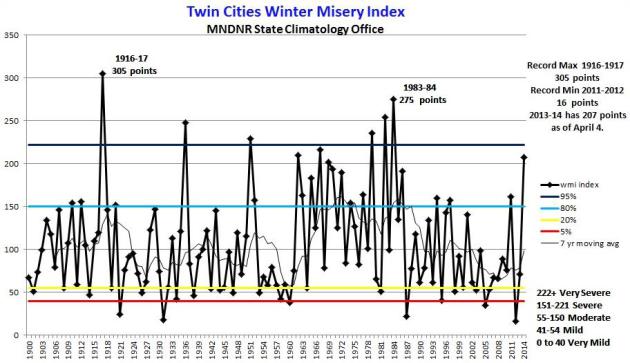

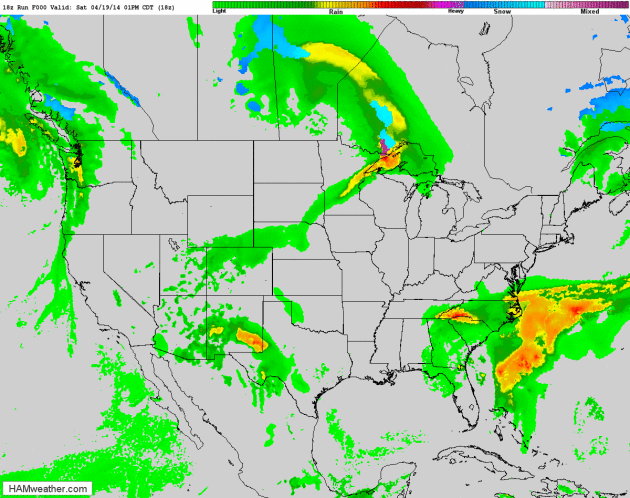

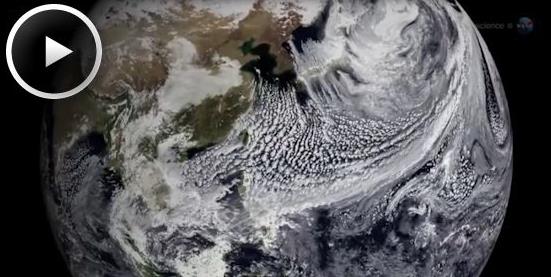

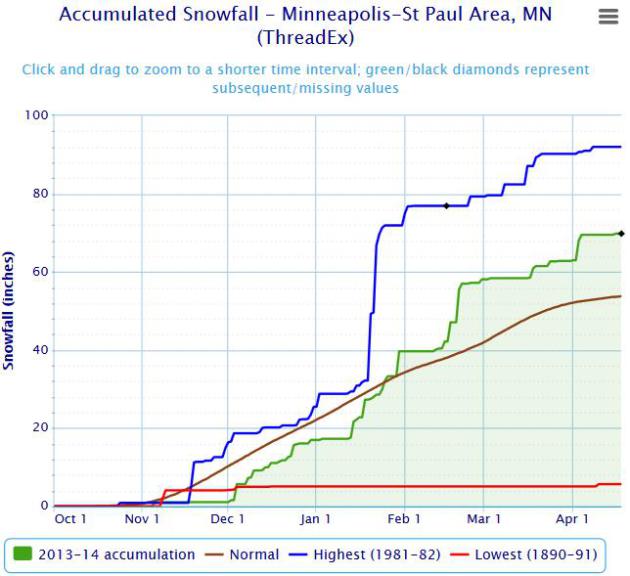


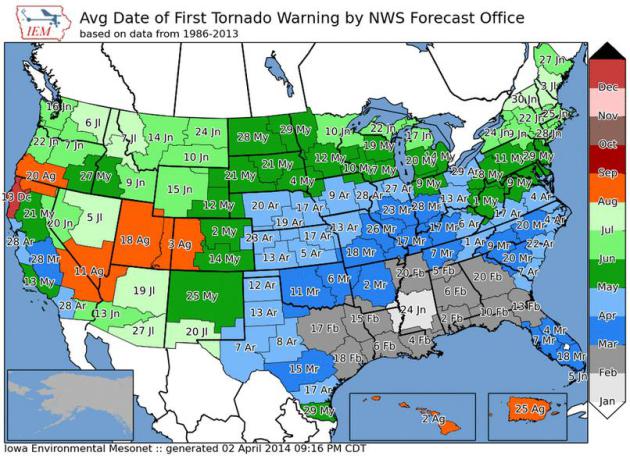
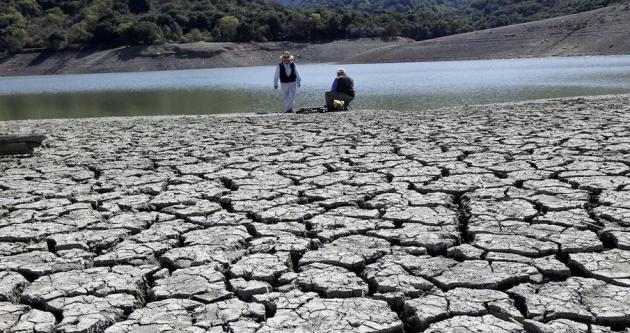
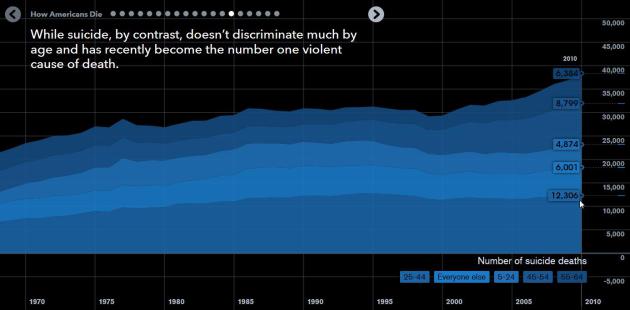





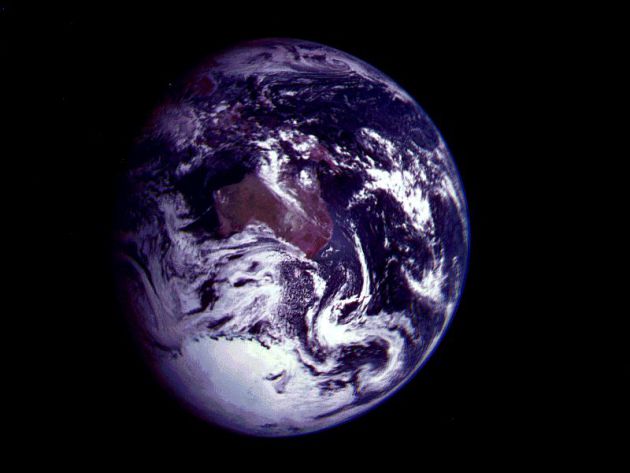
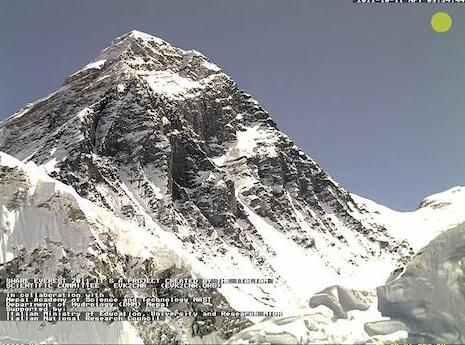


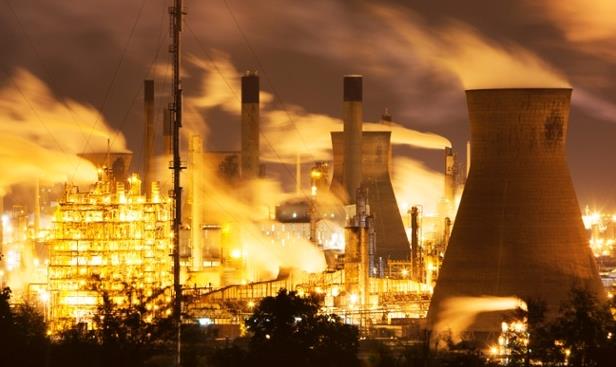
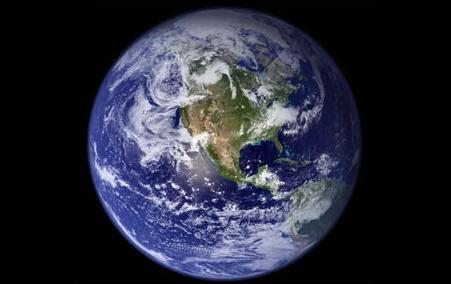

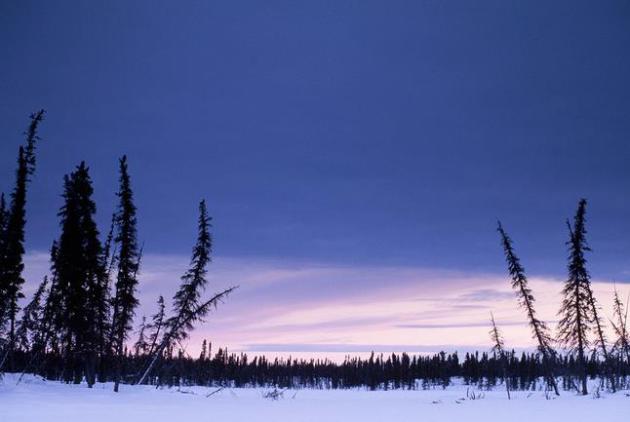

No comments:
Post a Comment